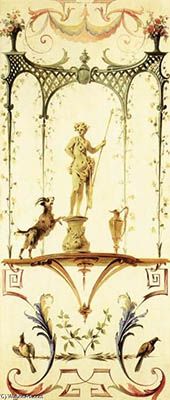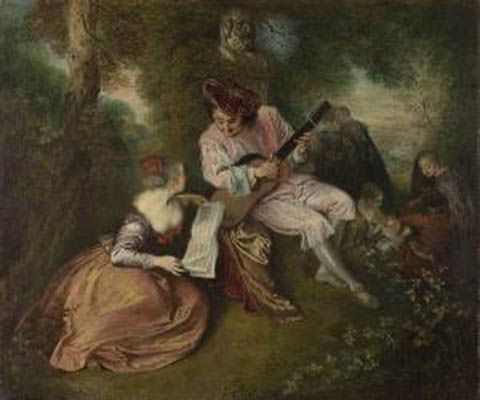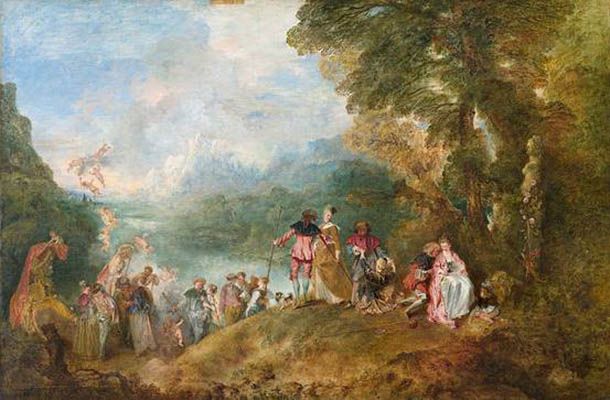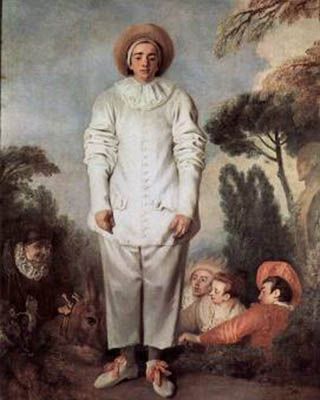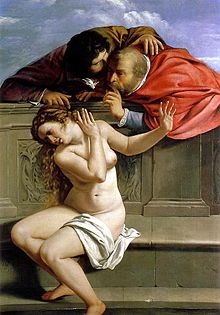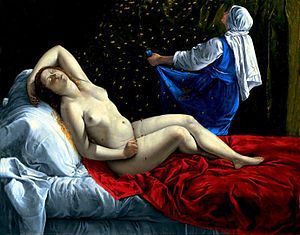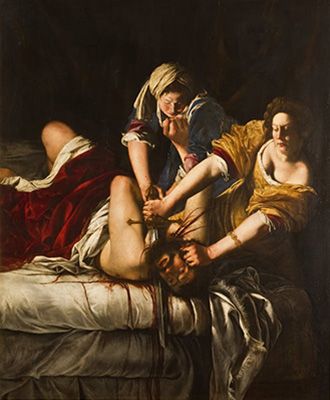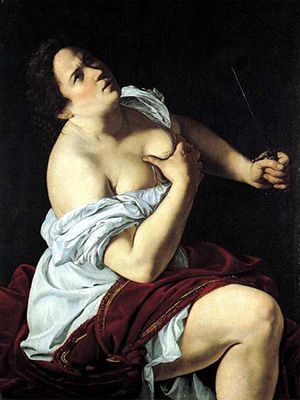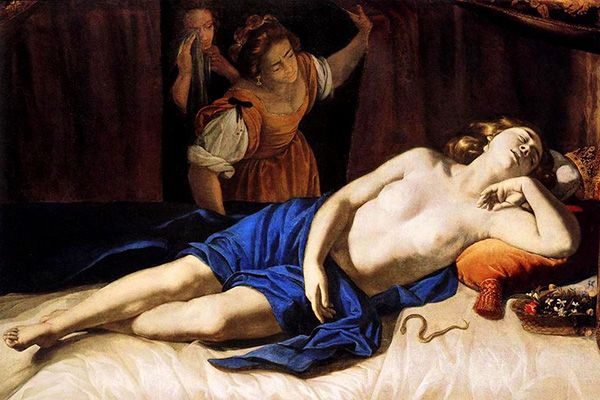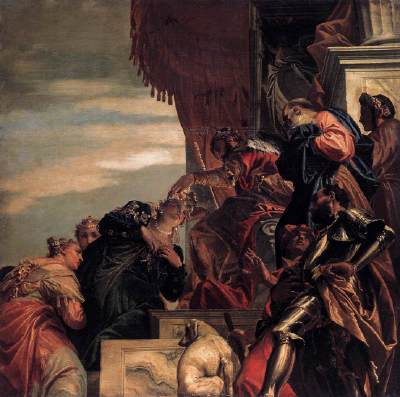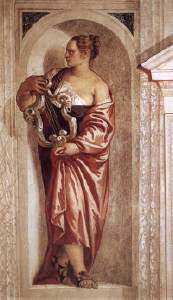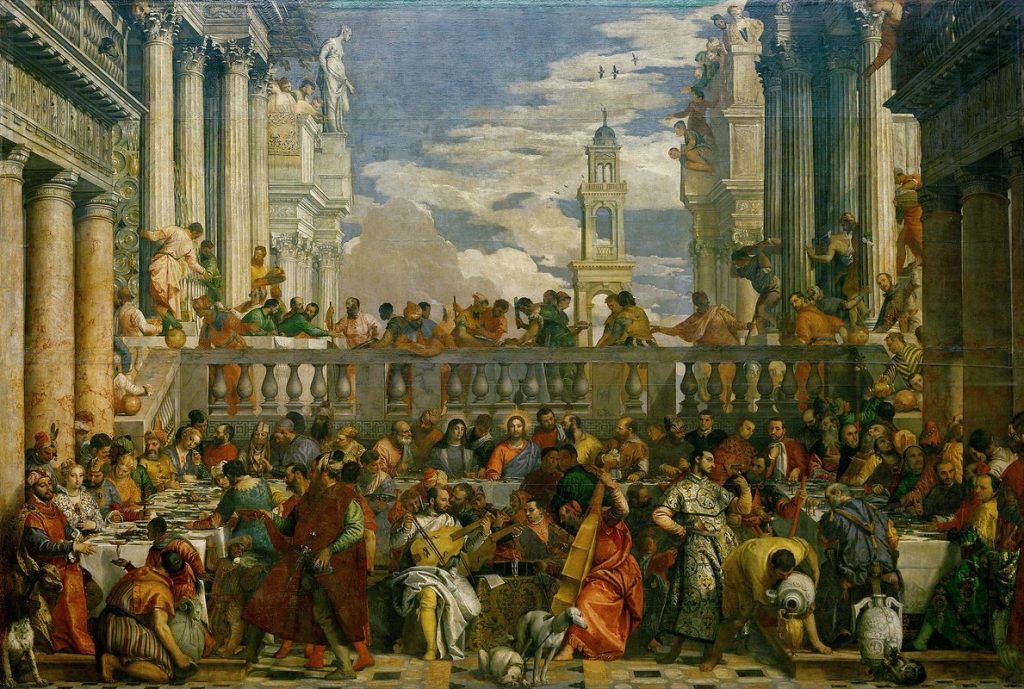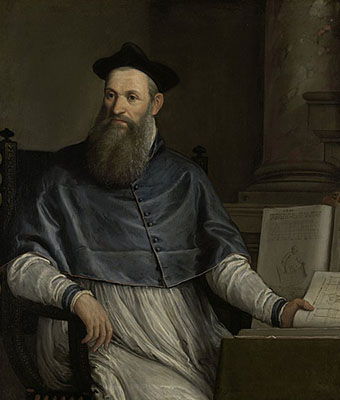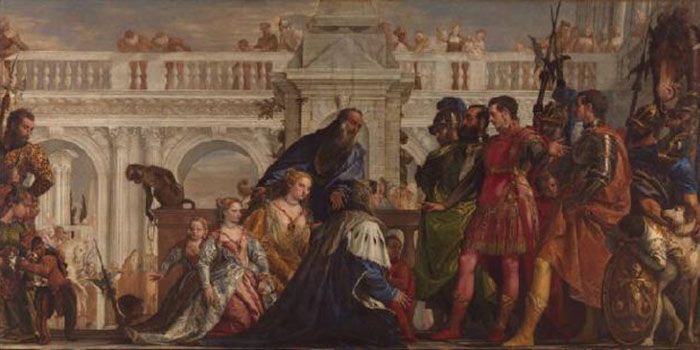A French painter remembered for his caricatures. Part of the romanticism and realism movements.
His witty caricatures were infamous in his day and even landed him in prison. Though he was a painter and a sculptor, much of this work was overlooked as his lithography. Considered a pioneer in realism for painting people from all walks of life confronting political issues of the time and capturing daily life.

A controversial piece of King Louis-Philippe consuming the taxpayers and pumping out bills to keep the wealthy happy. This directly addressing the amount of money the french government spends on itself. King Louis-Philippe’s salary was 150 times the amount of the American President; meanwhile, much of his people lived in poverty. This piece was censored by the Court and landed Daumier in prison for two months and a mental institution for four.
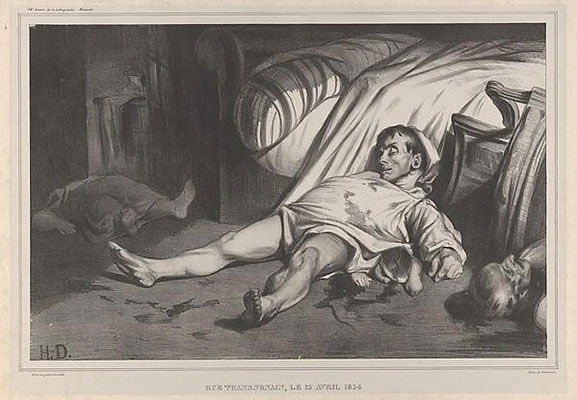
A very politically minded artist that really stood out to me among his peers of the time. His clear effective imagery speaks clearly upon the struggle of the people.

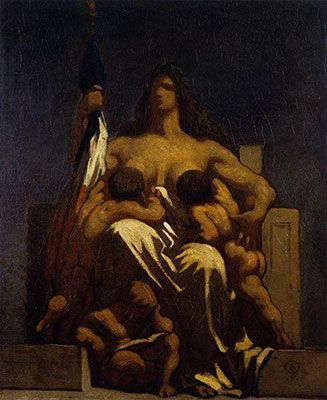
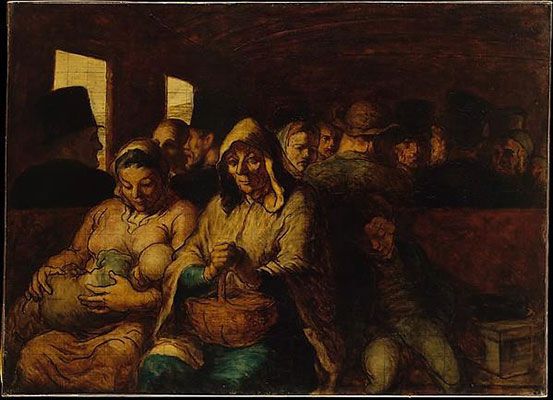
It’s unfortunate that his paintings were looked over at the time as they illustrate the working class in such a lovely way.
